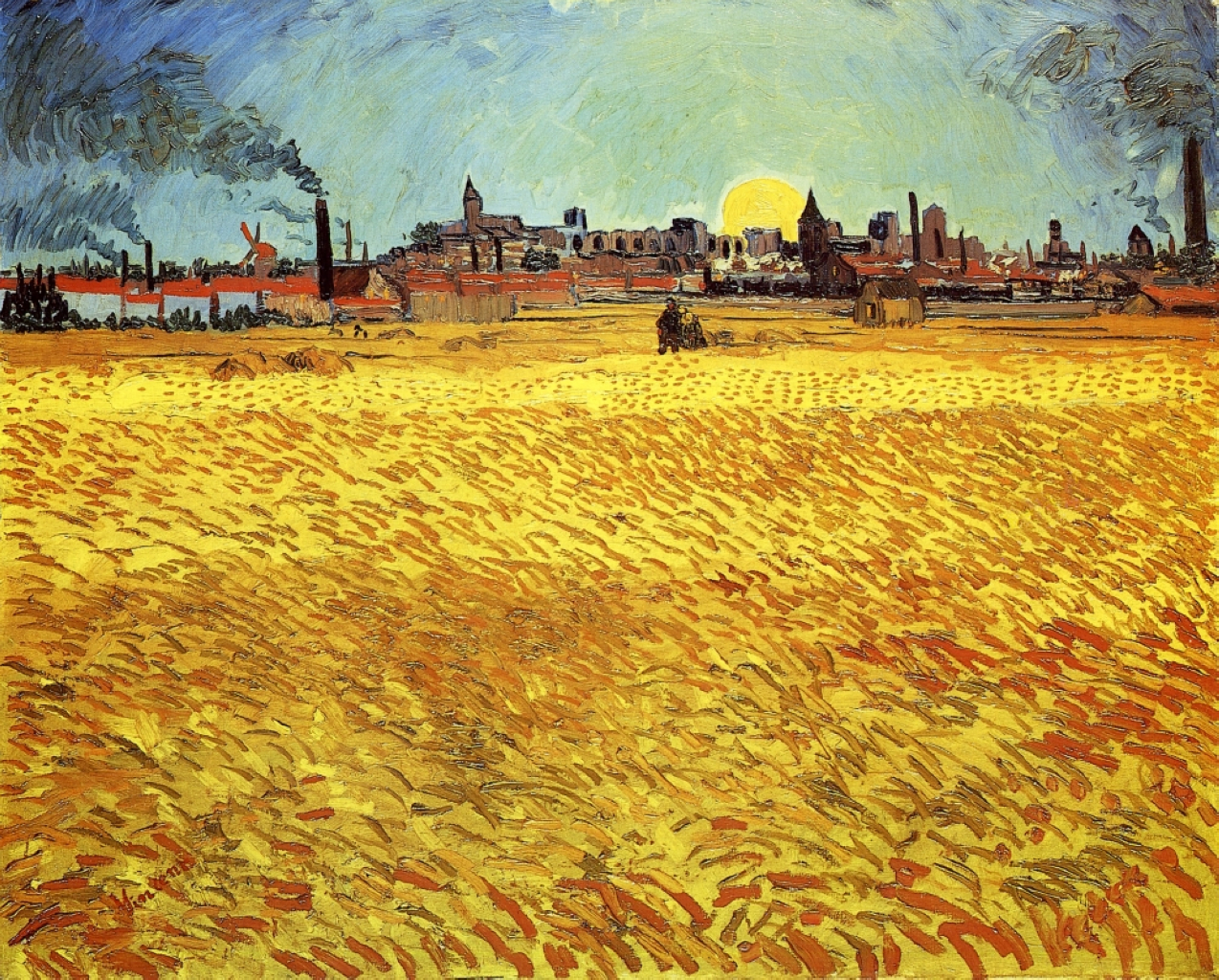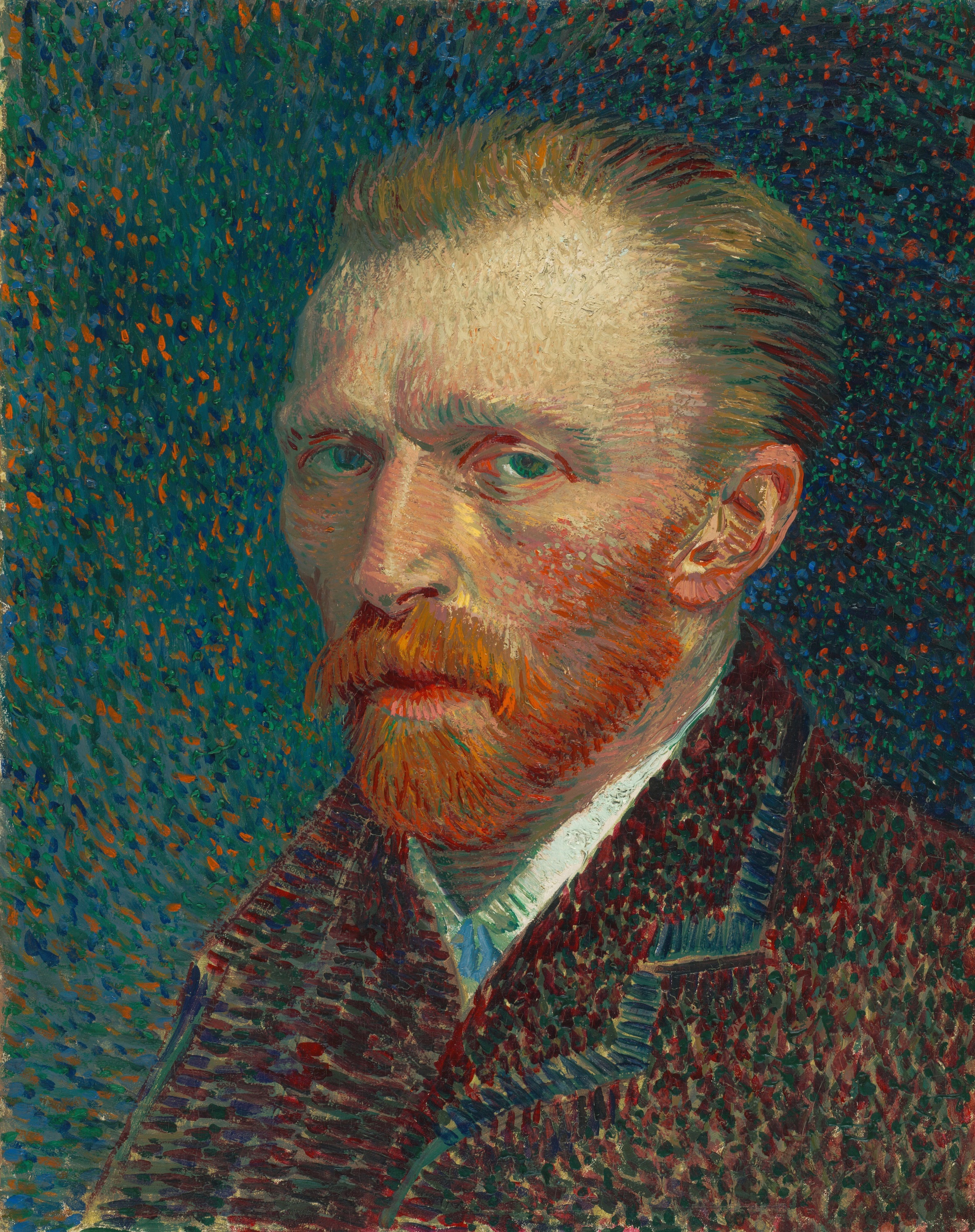Vincent van Gogh created an extensive series of paintings, Wheat Fields, borne out of his religious studies and sermons, his connection to nature, appreciation of manual laborers and his desire to provide a means of offering comfort to others. The wheat field works demonstrate his progression as an artist, from the drab Wheat Sheaves made in 1885 in the Netherlands to the colorful, dramatic paintings from Arles, Saint-Remy and Auvers-sur-Oise of rural France. As a young man, Van Gogh pursued a religious calling, wanting to minister to working people. In 1876 he was assigned a post in Isleworth, England to teach Bible classes and occasionally preach in the Methodist church. Drawn to Biblical parables, Van Gogh found wheat fields metaphors for humanity's cycles of life, as both celebration of growth and realization of the susceptibility of nature's powerful forces.




Summer Evening, Wheatfield with Setting sun
oil on canvas • 188 x 231 cm
 Vincent van Gogh
Vincent van Gogh